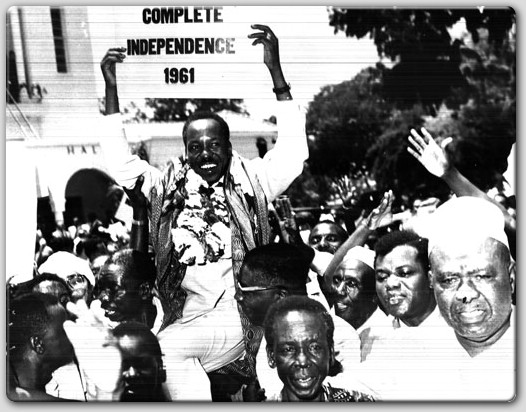This Day in History: December 9, 1961
Additional Date: December 9, 1961
During the fourteenth century, Tanzania's location on the East African coast made it easily accessible to Arab traders and slave traders, who operated in the region. While French interest in Tanzania peaked towards the mid-eighteenth century due to the economic possibilities of the region, German missionaries from the German Church Missionary Society preceded French interaction. East Africa was seen as an opportunity for German colonial expansion and by the late nineteenth century, an area including Tanzania had become known as German East Africa. German methods of colonial administration were met with fierce local resistance, but control was briefly re-established until the outbreak of World War One. Following Germany's defeat, Britain administered the region which it renamed as the 'Tanganyika' region. Following the Second World War, the Tanganyika region was placed under United Nations (UN) trusteeship, which mandated Britain with the development of the region. Various independent movements emerged around this time, including the Tanganyika Africa National Union (TANU), headed by Julius Nyerere, now the former president of Tanzania. Support for TANU grew, and by 1960, the first elections were planned for Tanganyika. On 9 December 1961, Tanganyika became an independent republic and became known from then on as Tanzania. In 1962, it became a one party state under Julius Nyerere, following Nyerere's ideologically-driven policy of socialism. The effects of this can still be seen in present-day Tanzania, however, efforts have recently been made to stimulate the economy. 9 December has become known as Tanzania Day and is celebrated annually.
